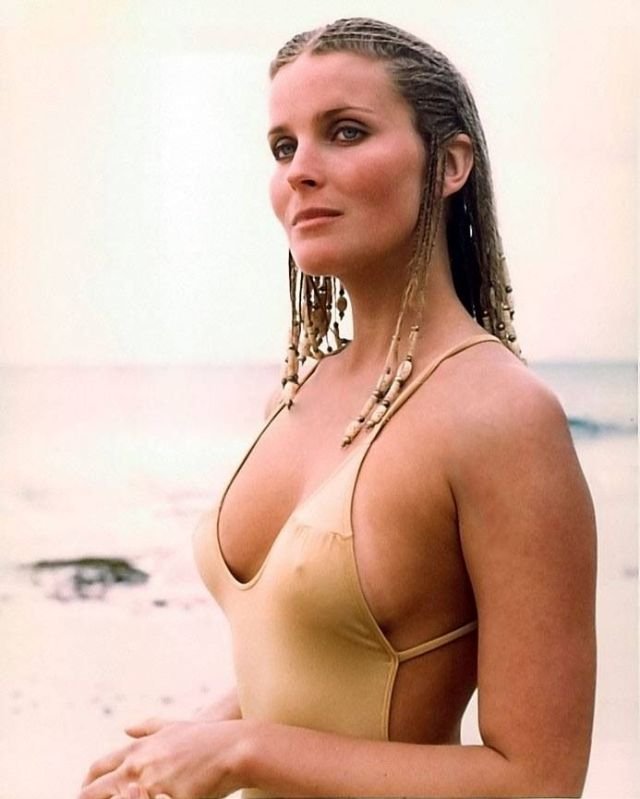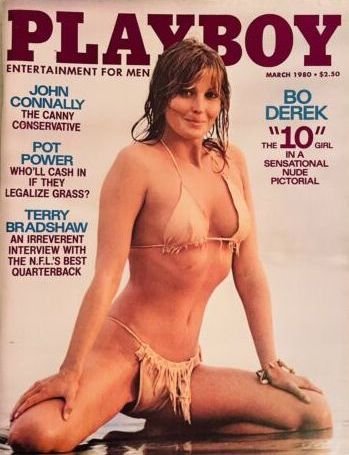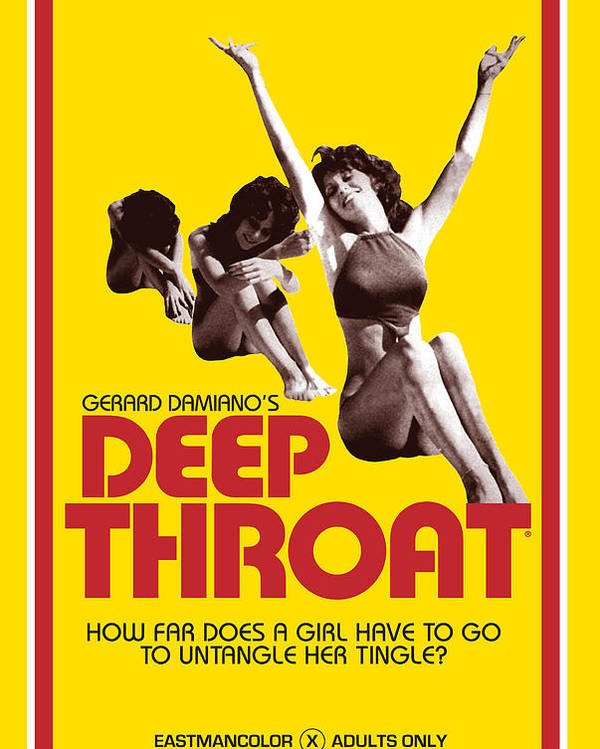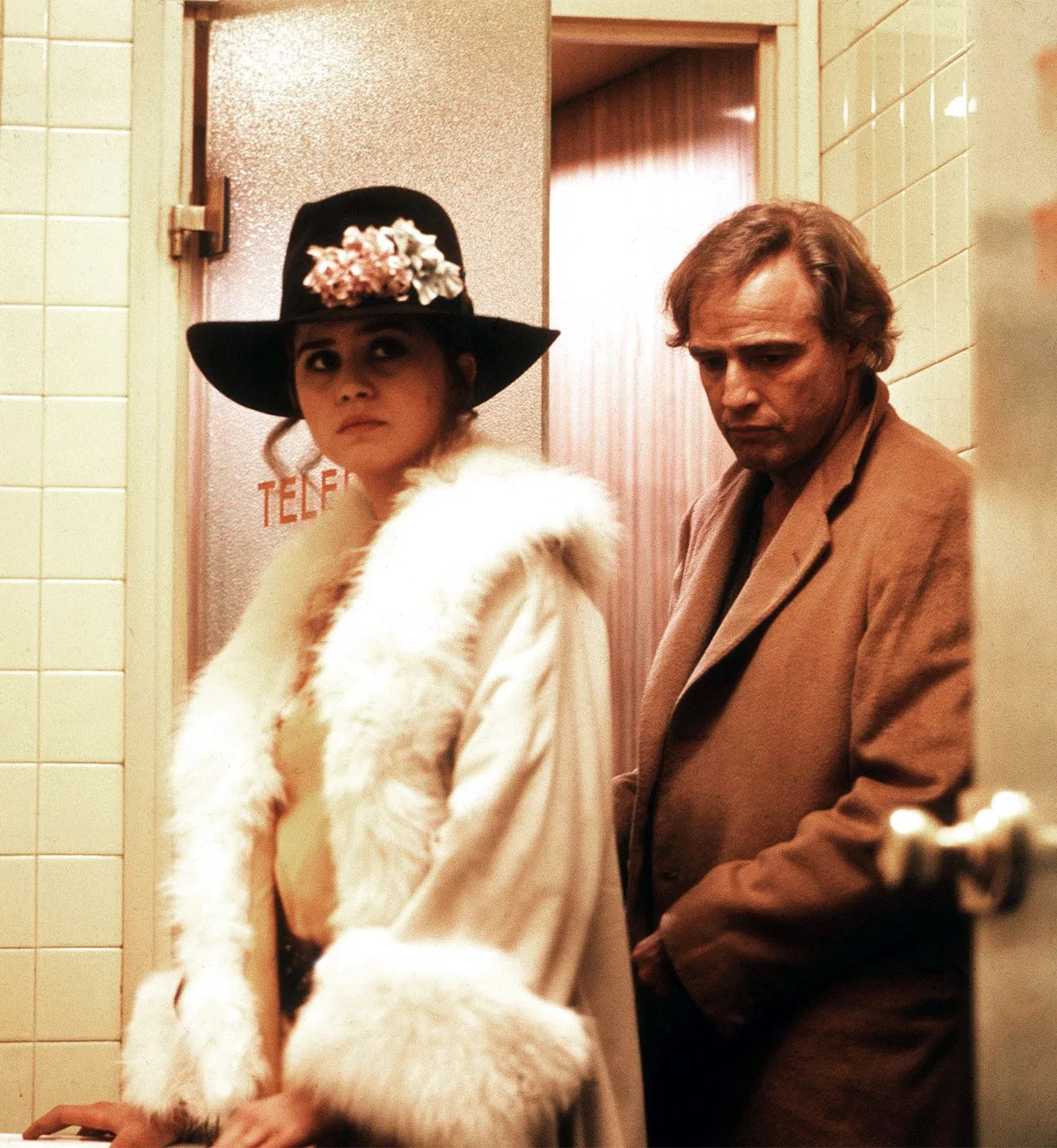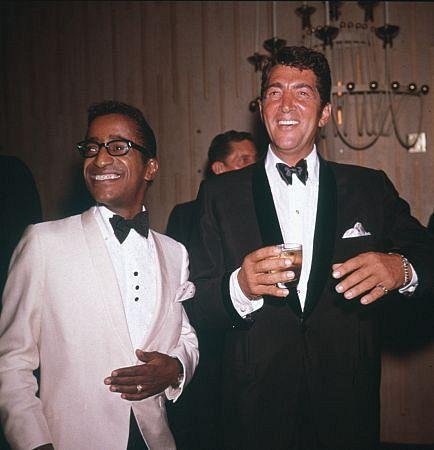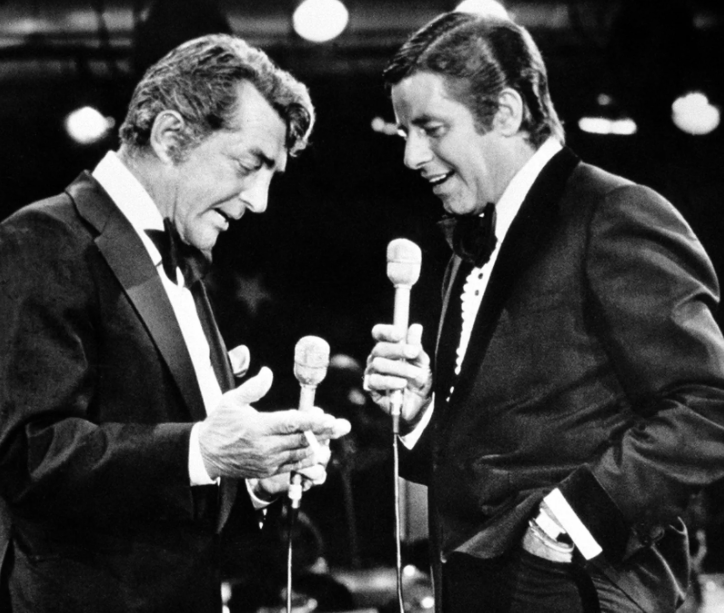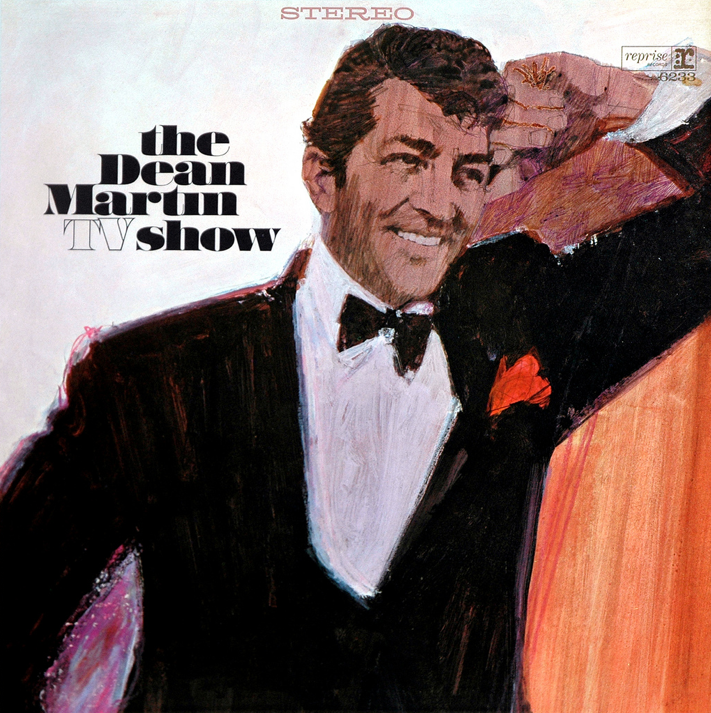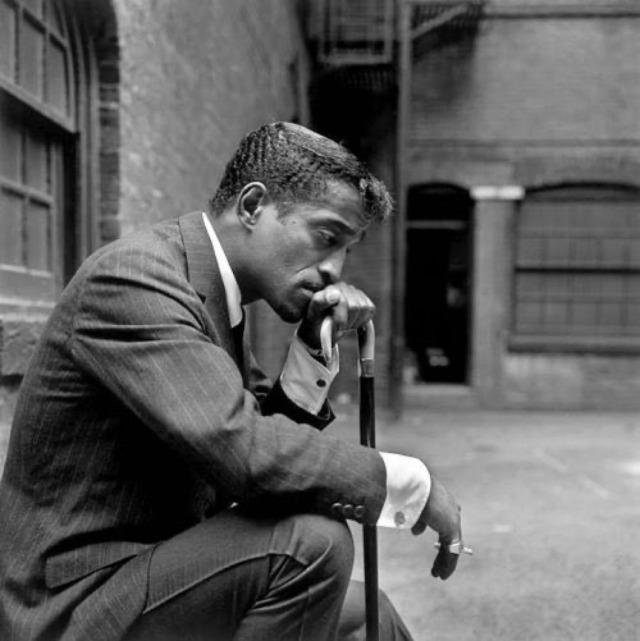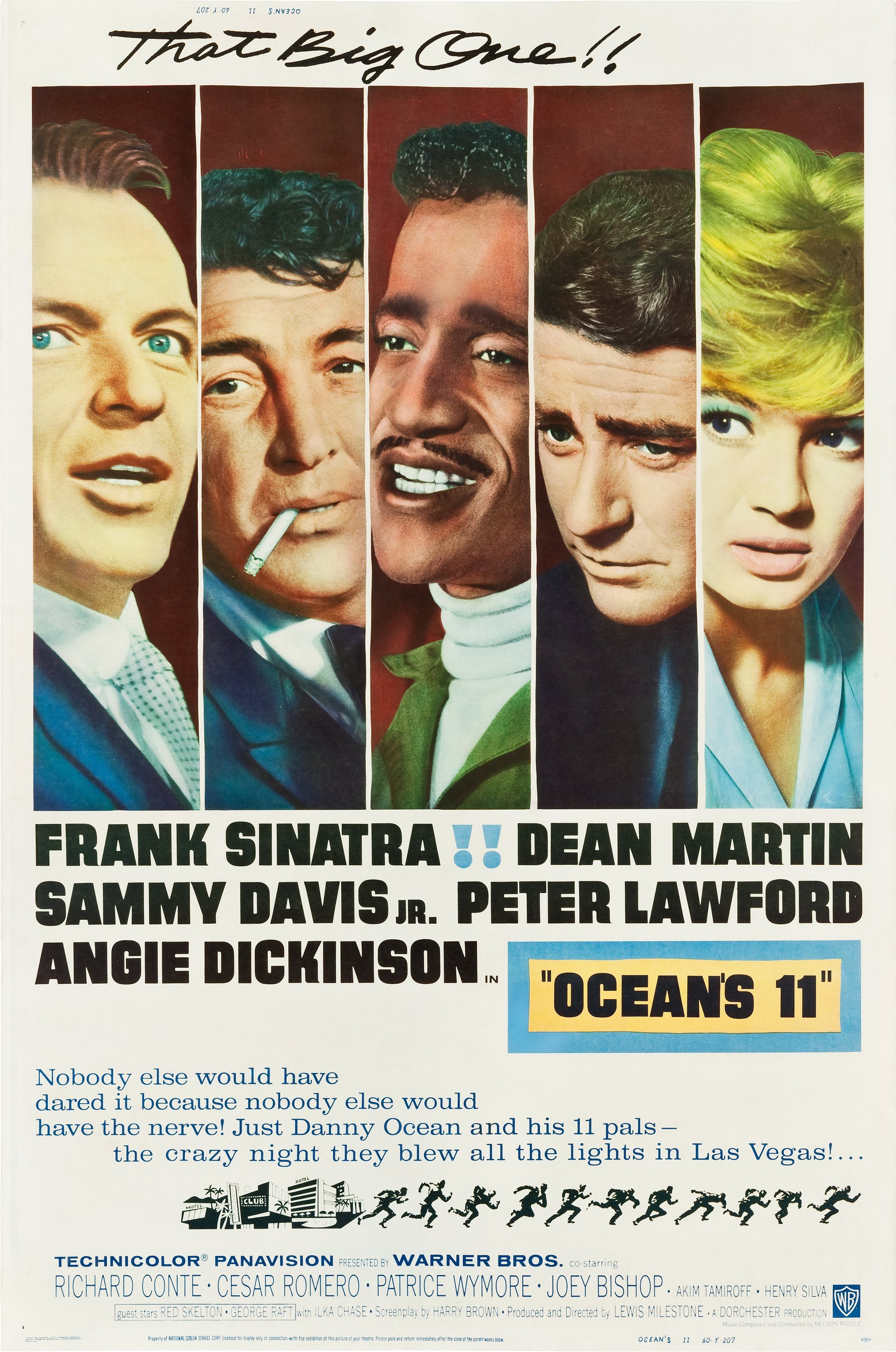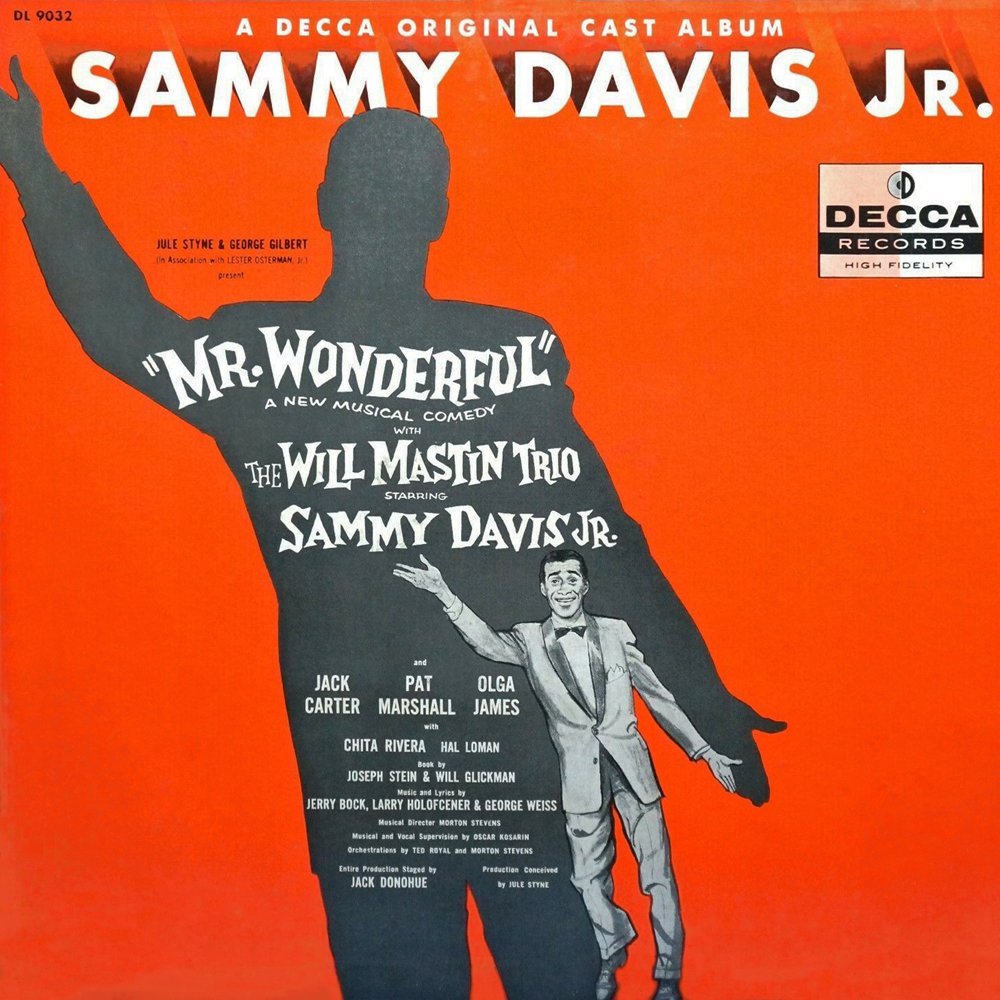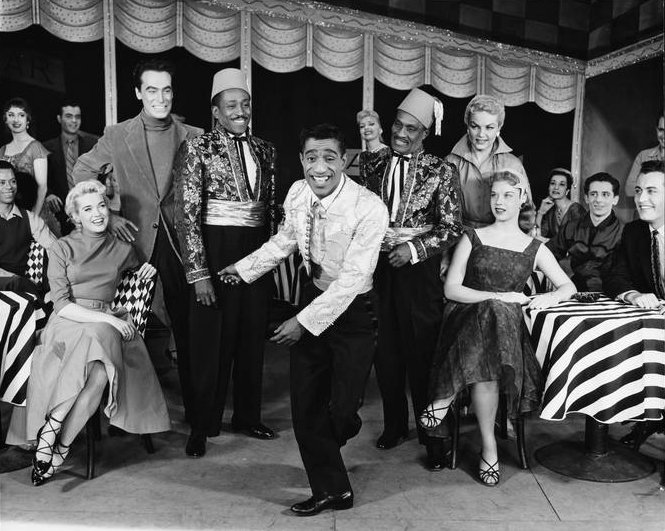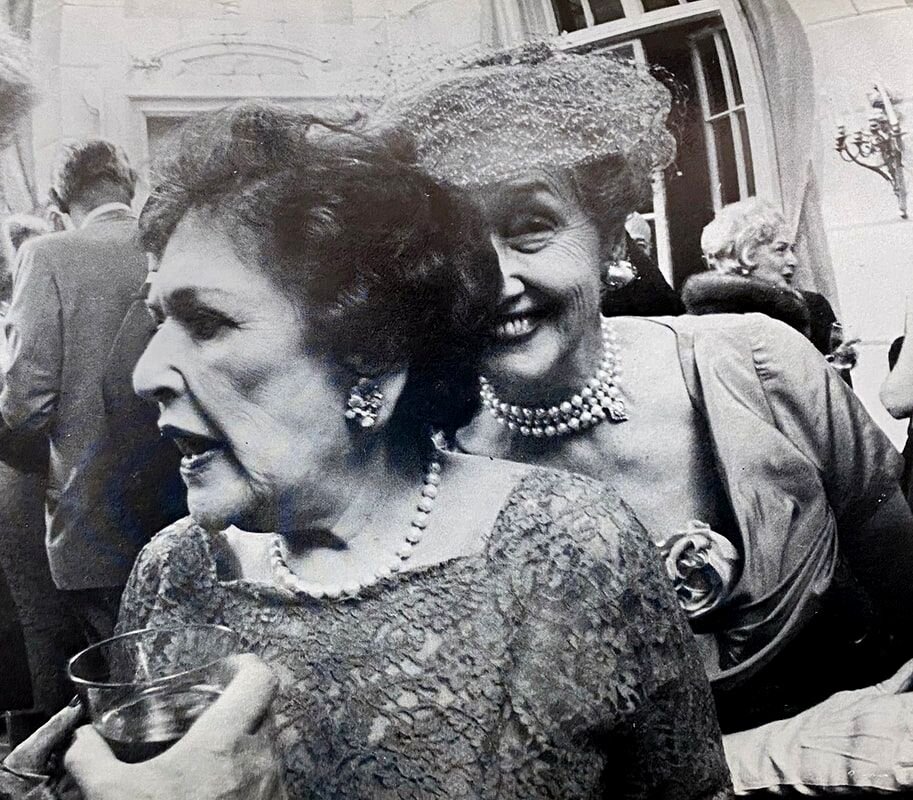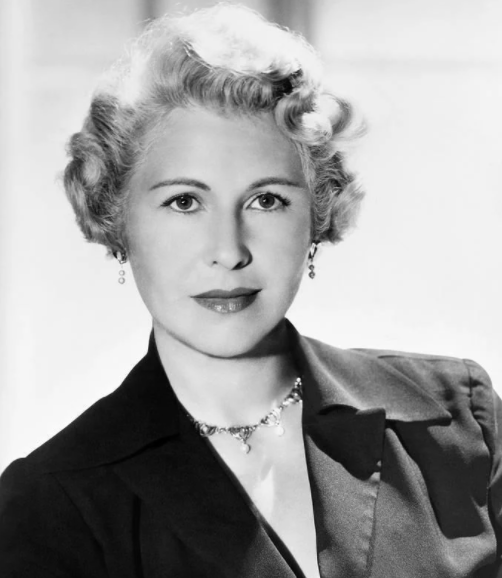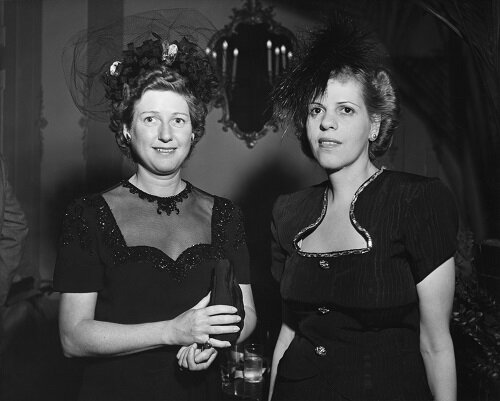Listen to this episode on Apple Podcasts or Spotify.
The sleeper hit of late 1979 was Blake Edwards’s sex farce 10, a comedic vivisection of a male midlife crisis, which turned 23-year-old California girl Bo Derek into a controversial cultural phenomenon. Derek’s early fame was framed in the media through the lens of her marriage to John Derek, who was 30 years her senior and who she met when she was 16. Today we’ll talk about Derek’s reign as a sex-positive bombshell in a time of extreme double standards, 10’s strangely prescient understanding of toxic masculinity, and the problem of how to frame teenage sexuality for adult consumption.
SHOW NOTES:
Sources:
“Bo Derek”, People Magazine, December 24, 1979
“The Most Beautiful Girl In The World” Newsweek, October 15, 1979
“John Derek created a '9' in his own image and called her Bo: Bo Derek--The making of a 10” Jeff Silverman, Chicago Tribune, Nov 18, 1979
“Heating Up With John and Bo Derek by Henry Allen, Washington Post, January 29, 1980
“Agents Are Paid 10%, But Husbands Get More” by Judy Mann, Washington Post, January 30, 1980
“Bolero: An exclusive, on-location preview of –¡Caramba!--Bo Derek’s hot new movie. By David Lewin, US Magazine November 21, 1983.
“Fantasies Uncovered” by Pat H. Broeske, Peter H. Brown And Jim Pinkston, LA Times, Aug. 31, 1986
“Bo Derek” by Hayley Phelan, Photographed by Stas Komarovski Interview Magazine, February 23, 2016
Please note: as an Amazon Associate Karina earns from qualifying purchases made when you click the links above. #ad
Music:
The music used in this episode, with the exception of the intro, was sourced from royalty-free music libraries and licensed music collections. The intro includes a clip from the film Casablanca.
Excerpts from the following songs were used throughout the episode:
"Rumoi Night" - Kokura Station
"Pxl Htra" - The Fence
"Even Dreams of Beaches" - Resolute
"The Killjoy Brothers" - Kittyhawk
"Pxl Eventuat" - The Fence
"Four Cluster" - Fornax
"Vik Fence Haflak" - The Fence
"Vengeful" - Warmbody
"Tower of Mirrors" - TinyTiny Trio
"Pxl Cray" - The Fence
"Ion Cruiser" - Kokura Station
"Pxl Deter" - The Fence
"Readers Do You Read" - Chris Zabriskie
Credits:
This episode was written, narrated, and produced by Karina Longworth.
Our editor this season is Evan Viola.
Research and production assistant: Lindsey D. Schoenholtz.
Social media assistant: Brendan Whalen.
Logo design: Teddy Blanks.
